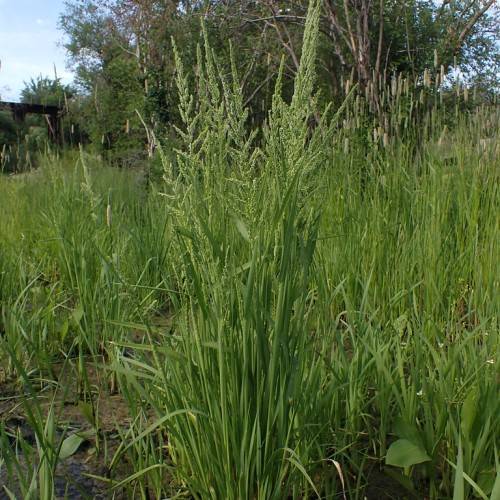
Slough Grass
Beckmannia syzigachne
Also Known As - American Slough GrassWatering:
Minimal
Hardiness Zone:
Sun:
full sun,part shade
Leaf:
Yes
Growth Rate:
Low
Drought Tolerant:
Yes
Salt Tolerant:
Yes
Care Level:
Medium
watering
Velvetbells (Bartsia alpina) require regular, but moderate watering. Water the plants only when the topsoil feels dry. Check the soil every 2-3 days and water when dry. This plant species likes consistently moist soil; avoid overwatering. As a general rule, water the plants about 1 inch of water a week in the growing season and reduce watering to every 2 weeks during winter months. Make sure that the pot has drainage holes and the excess water can easily be drained away.
sunlight
Velvetbells (Bartsia alpina) prefer full sun to partial shade with at least 6 hours of direct sunlight each day. This species is a perennial flower native to the Alps and Northern Apennines so can cope with some light shade in summer. It needs protection from the hottest midday sun and drought, so a partially shaded or dappled spot is ideal. In cooler climates, it can do in good light as long as it gets enough sun throughout the day. During the winter months, Velvetbells should get around 4 hours of direct sunlight per day.
pruning
Velvetbells (Bartsia alpina) should be pruned lightly in early spring. Non-flowering shoots can be removed and some light branching can be done to promote bushiness. Minimal pruning is recommended otherwise, as this plant responds best with infrequent, moderate pruning. If dead or damaged branches should occur, they can be removed anytime. During the growing season, tips of overly long branches can be pruned as needed for aesthetics.
